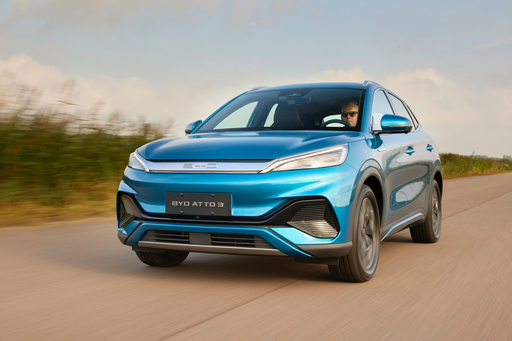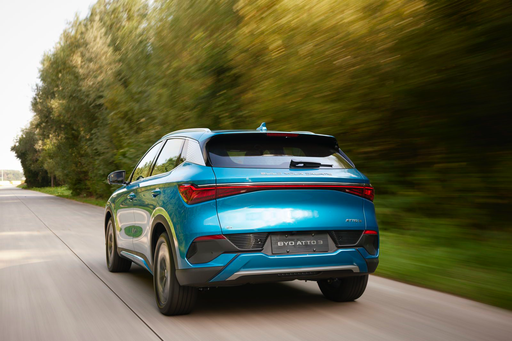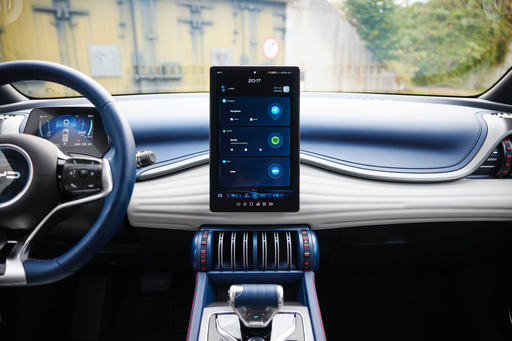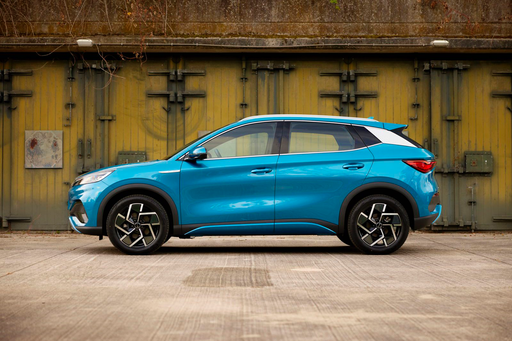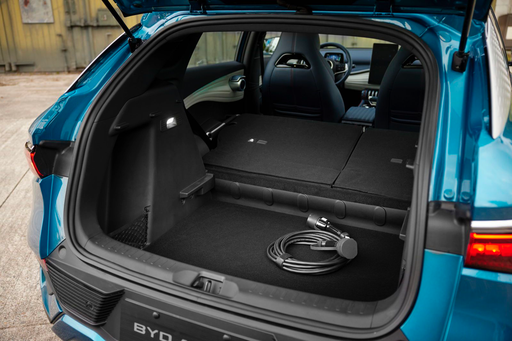BYD Atto 3 vs Honda e:Ny1: A Comprehensive Comparison
The electric SUV segment is rapidly evolving, with numerous models vying for attention. Two of the standout contenders in 2023 are the BYD Atto 3 and the Honda e:Ny1. Both vehicles boast innovative features and competitive specifications, but which one comes out on top? Let’s dive into a detailed comparison of these two electric SUVs.

